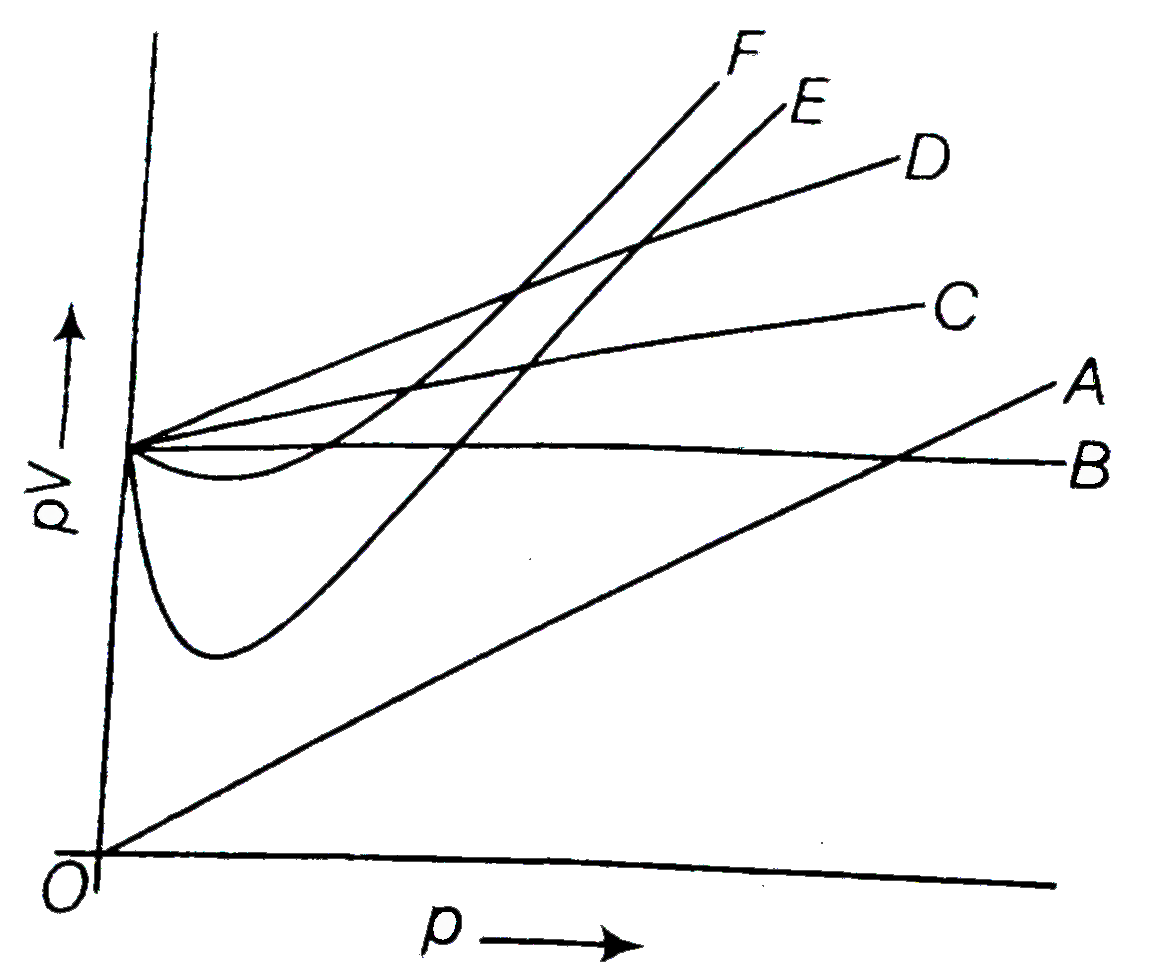In signoid growth curve, upper asymptote represents period of
Establishment
Negative accelertion
Positive acceleration
Equilibrium.
The correct Answer is:D
To answer the question regarding what the upper asymptote represents in a sigmoid growth curve, we can break down the explanation into clear steps:
1. Understanding the Sigmoid Growth Curve:
- The sigmoid growth curve is a graphical representation of how a population grows over time. It typically consists of three distinct phases: the lag phase, the exponential phase, and the steady state phase.
2. Identifying the Phases:
- Lag Phase: This is the initial phase where the population is adjusting to its environment. Growth is slow as the organisms acclimatize.
- Exponential Phase: In this phase, the population grows rapidly as resources are abundant and conditions are favorable.
- Steady State Phase: This is the final phase where growth slows down as the population reaches its carrying capacity due to limited resources.
3. Understanding the Upper Asymptote:
- The upper asymptote of the sigmoid curve represents the maximum population size that the environment can sustain, known as the carrying capacity.
4. Equilibrium Period:
- When the population reaches the upper asymptote, it indicates that the growth rate has stabilized. This is referred to as the period of equilibrium, where the birth rate equals the death rate, and the population size remains relatively constant.
5. Conclusion:
- Therefore, in the context of the sigmoid growth curve, the upper asymptote represents the period of equilibrium.
Final Answer:
The upper asymptote in a sigmoid growth curve represents the period of equilibrium.
---
- The sigmoid growth curve is a graphical representation of how a population grows over time. It typically consists of three distinct phases: the lag phase, the exponential phase, and the steady state phase.
- Lag Phase: This is the initial phase where the population is adjusting to its environment. Growth is slow as the organisms acclimatize.
- Exponential Phase: In this phase, the population grows rapidly as resources are abundant and conditions are favorable.
- Steady State Phase: This is the final phase where growth slows down as the population reaches its carrying capacity due to limited resources.
- The upper asymptote of the sigmoid curve represents the maximum population size that the environment can sustain, known as the carrying capacity.
- When the population reaches the upper asymptote, it indicates that the growth rate has stabilized. This is referred to as the period of equilibrium, where the birth rate equals the death rate, and the population size remains relatively constant.
- Therefore, in the context of the sigmoid growth curve, the upper asymptote represents the period of equilibrium.
The upper asymptote in a sigmoid growth curve represents the period of equilibrium.
Topper's Solved these Questions
- Plant Growth and MovementsBOOK - DINESH PUBLICATION ENGLISHCHAPTER - Plant Growth and MovementsEXERCISE - CYG
20 Videos
- Plant Growth and MovementsBOOK - DINESH PUBLICATION ENGLISHCHAPTER - Plant Growth and MovementsEXERCISE - BRAIN TEASERS-IV
41 Videos
- Plant Growth and MovementsBOOK - DINESH PUBLICATION ENGLISHCHAPTER - Plant Growth and MovementsEXERCISE - BRAIN TEASERS-IV
41 Videos
- PLANT BREEDING AND DISEASE CONTROLBOOK - DINESH PUBLICATION ENGLISHCHAPTER - PLANT BREEDING AND DISEASE CONTROLEXERCISE - Check your Grasp
10 Videos
- PLATYHELMINTHES-THE FLAT WORMSBOOK - DINESH PUBLICATION ENGLISHCHAPTER - PLATYHELMINTHES-THE FLAT WORMSEXERCISE - check your grasp
9 Videos
Similar Questions
Generation time represents period of
View SolutionSigmoid/logistic growth curve is represented by
View SolutionA J-shaped growth curve depicts
View SolutionA sigmoid growth curve has distinct four phases. Name them.
View SolutionIn logistic growth curve, the initial stage of the curve is called
View SolutionAssertion: Sigmoid growth curve consists of four parts.
Reason : Lag phase is called as grand phase of growth.
View SolutionWhich curve does not represent Boyl's law ?
View SolutionThe J-shaped growth curve lacks
View SolutionWhich curve in figure represents the curve of ideal gas ?

View SolutionWhich curve in figure represents the curve of ideal gas ?

View Solution
